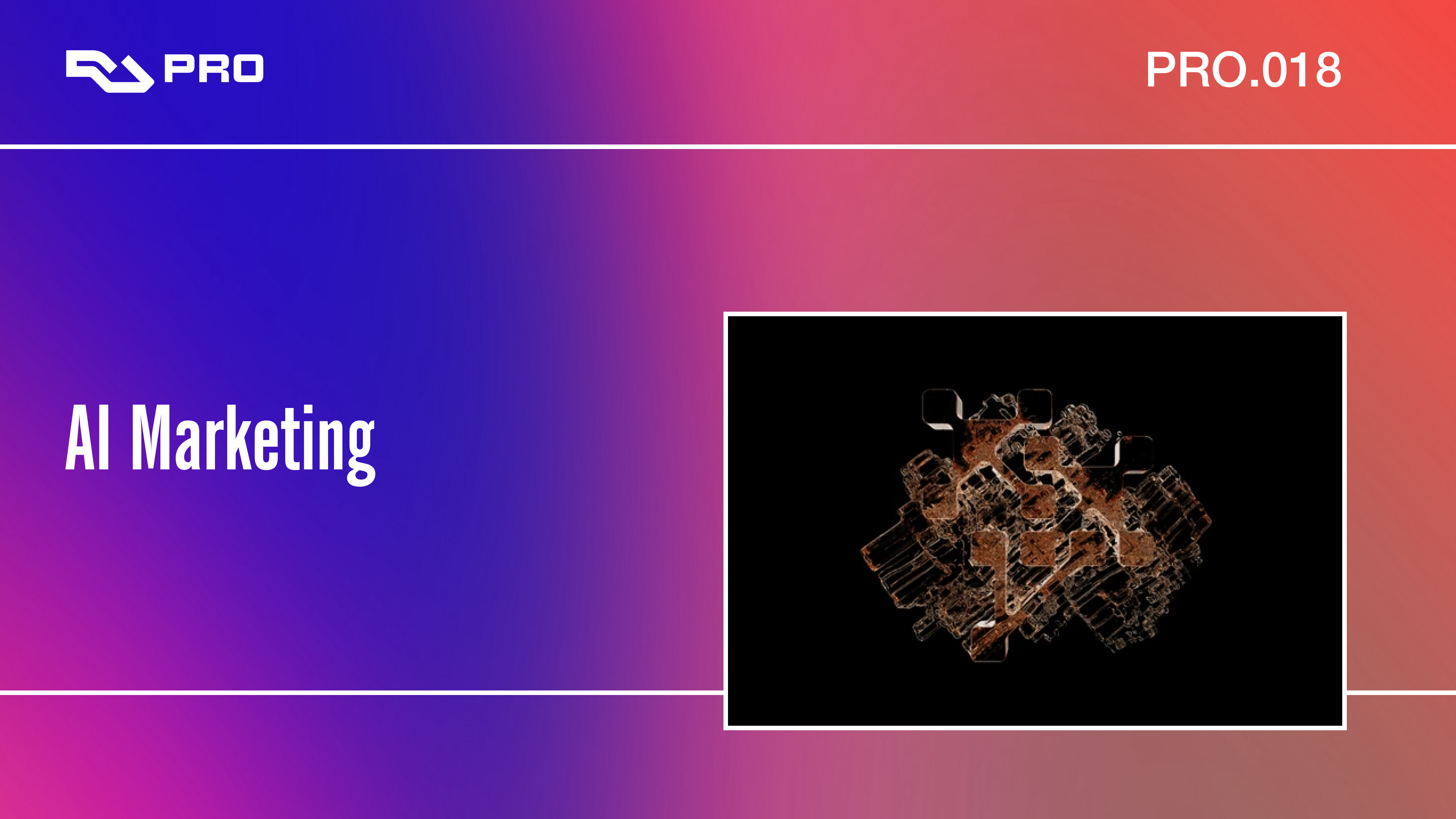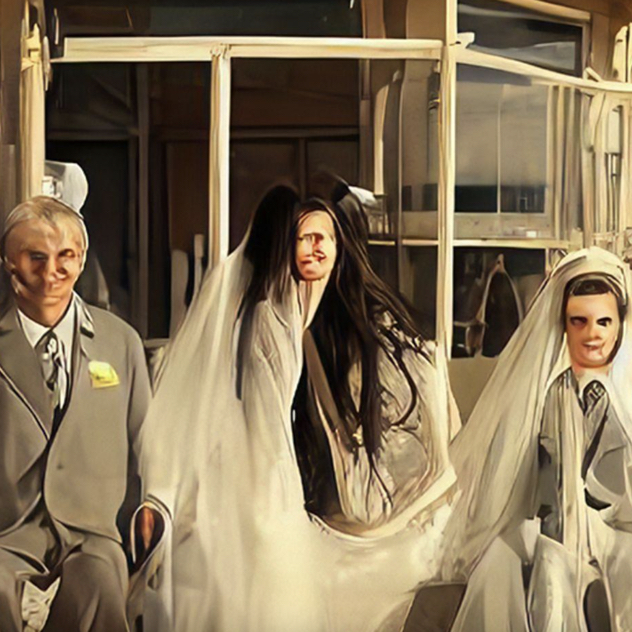Published
Wed, Mar 13, 2024, 14:00
- Just as AI apps have made production more accessible, AI image tools are growing pervasive across marketing campaigns.

Welcome to the RA Pro Newsletter: a bite-sized look at the trends and themes impacting businesses in the electronic music industry. Sign up to the full newsletter to get early access to each release and read all archived editions.
For its 25th anniversary this year, MUTEK used generative AI to craft a special visual campaign: 25 images to represent 25 years of transformations. The Montréal festival, which has never incorporated AI into its marketing, is also considering the technology for sponsored ads on social media. Sónar did something similar for its 30th birthday last year, using AI to process 30 years of visual identities.
Unlike traditional AI—think computer chess—which makes decisions or predictions based on inputs, generative AI creates new material out of received data. Its role in music-making has been discussed at length, and it's now growing prevalent across music marketing—album artwork, event flyers, merch and release rollouts. Royksopp's Profound Mysteries album series had AI-powered cover art. Yacht used AI to create the music, lyrics, cover art, press photos, typography and music videos for their Grammy-nominated album, Chain Tripping. AI tools are also commonly used to create Spotify's Canvas feature, the looped visuals that play over tracks. The examples are endless.
Just as Boomy, Soundful and other AI apps make music production more accessible, image generators like Stable Diffusion and Midjourney (which produce photorealistic visuals from text and image prompts) are turning bedroom designers into amateur art directors. This excites techies who love the widening number of options available to creators but worries others—let's call them romantics—who fear a decline in individual creativity. The decision to adopt AI needs to align with a campaign's themes, Jean-Sébastien Baillat, creative director for MUTEK's 25th anniversary project, told Resident Advisor. AI was a good fit for MUTEK because it brought "a sense of discovery in the creation phase," which matches the festival's philosophy, he said.
The AI aesthetic is typically ultra-glossy, kaleidoscopic and polished to such a degree that it almost emphasises the lack of human touch. As the technology becomes more obvious, consumers can tell. And they don't always like it. Beth Gibbons' recent AI-powered music video sparked several negative reviews online. The instant recognition of an AI product can be especially off-putting in today's recessionary climate.
"Concept artists, illustrators, graphic designers and stock artists are being downsized and let go from companies who say they’re moving to AI," visual artist Kelly McKernan told TIME last year, calling it "an existential crisis."
Proponents of AI acknowledge these concerns, but point out that human jobs will always be required. AI is reliant on inputs so the better the input, the better the artwork, they say. The latest entrant to the market is Adobe's new AI-powered application that produces music based on text prompts like "sad jazz" or "happy dance"—shallow descriptions that feel more like TikTok searches and do a massive disservice to the complexities of music. To presumably improve this, writers are finding a second career in composing prompts for AI. LinkedIn is full of these kinds of job offers.
Copyright rules are another challenge. Entering the names of well-known artists as prompts produces imitations of their style, which many users modify and then claim as original. The same issue exists with music and writing. (The New York Times is currently suing ChatGPT maker OpenAI, claiming the chatbot reproduced the newspaper's articles.) Ethical AI is now the industry's key buzzword, with initiatives like Holly Herndon's Spawning rapidly gaining traction. Spawning allows artists to choose whether they want their work to be picked up by AI training models, and so far it seems to be working. The newest models of Stability AI, a major name in the field, respected the opt-outs on Spawning's registry. But with so many creatives divided over the matter, it remains to be seen how many artists would willingly let AI take a bite out of their work.
Perspectives on the ground
Sergio Caballero, a filmmaker and cofounder of the music and technology festival Sónar, believes the human component is essential to producing impactful AI. "I see it as a technology that if I instruct it with my way of creating, it will be a help and not a way of homogenising my results," he told Resident Advisor. "When a new programme comes around, you have to think outside of just using the presets, and even more so with a technology that learns with what we show it."
Caballero anticipates that AI will radically change the labour market in the same way as robotics or even the Industrial Revolution. As a metaphor, he noted how the release of digital cameras led to amateur photographers offering their services at lower prices than professionals. "This lasted a couple of years until the market realised the importance of working with a professional and especially with their artistic direction and experience," he said. Ultimately, "we will have to find our place in this new era," he concluded.
London-based artist patten, whose 2023 album Mirage FM was made entirely from text-to-audio AI sound sources, mirrored those thoughts. The multidisciplinary artist, who is currently studying AI imaging as part of a PhD at the Royal College of Art, likens generative AI programmes to synthesisers—"they'll only do what you ask them to," he told RA. "The final results are only limited by what a creator can imagine, so whether or not that piece of work resonates with people and speaks to them on a personal level is more down to the individual maker than the tools themselves. AI-assisted artwork doesn't have to look or feel any particular way. The possibilities are endless, so it's really about the artistic choices made by the person using them."
"There's an infinity of potential held within the use of these tools," patten continued. "There's the possibility of creating entirely new forms of image, sound and video, coming from a wider range of voices and perspectives and this will all have a massive impact on the texture of the cultural landscape that lies ahead."
In case you missed it: important industry news
• How Hexorcismos' collaborative project 'Mutualismx' challenges AI prejudices
• AI has come for music, but there's a Great Big Sea between people and algorithms
• Music Rights Is Not A Global Economy. We Need To Change That
• EU hits Apple with nearly €2 billion antitrust fine over music streaming
